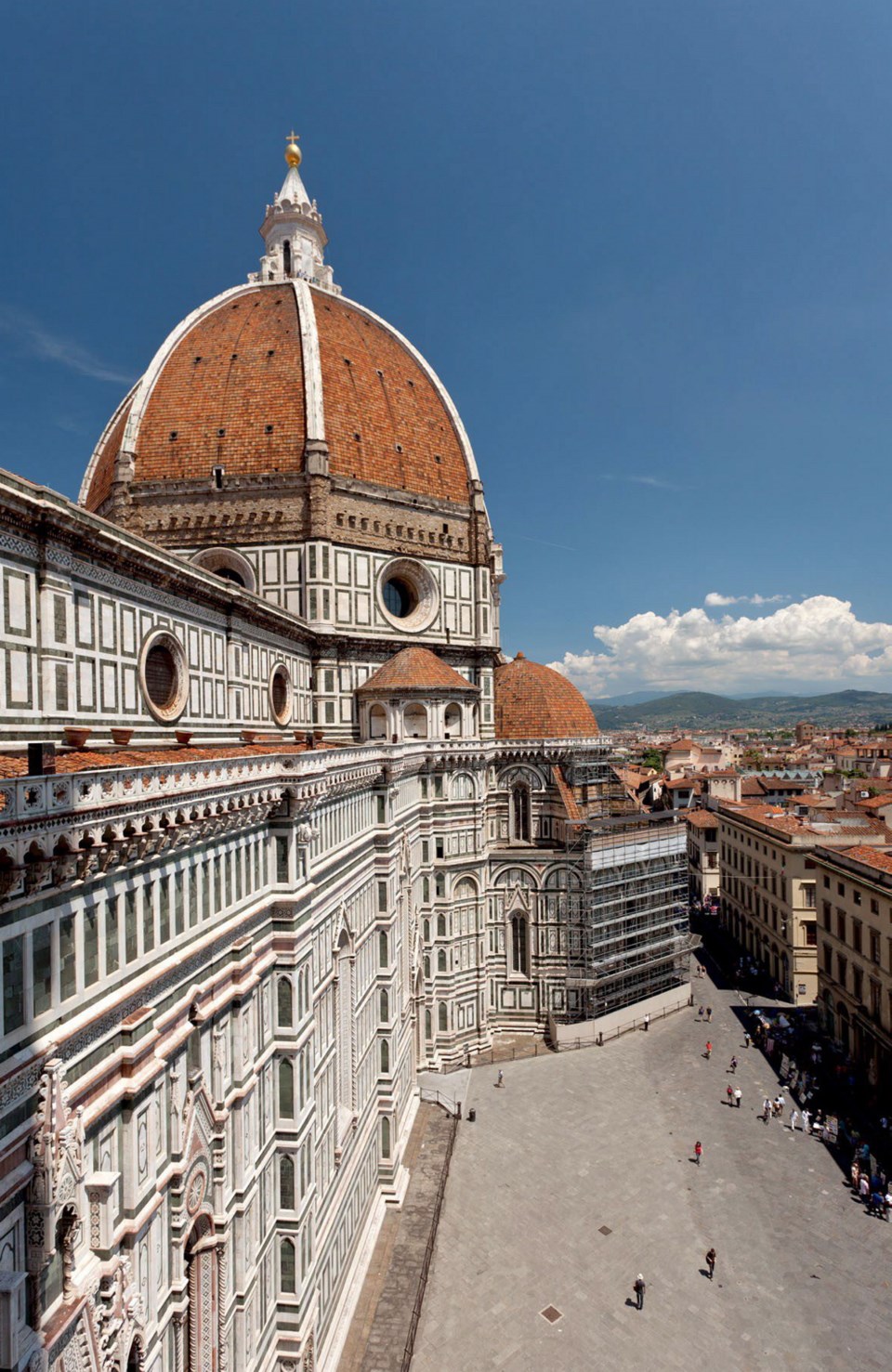Italy has more of EuropeÔÇÖs cultural heritage than any other country ÔÇö and the Italians are doing a fine job of sharing it with their visitors. Here is the latest, gleaned from my guidebook research for 2013:
Rome has made visiting the Vatican Museum easier. You can often buy same-day, skip-the-line tickets from the tourist-information office in St. PeterÔÇÖs Square; itÔÇÖll cost the same price you'd pay if you had reserved online (15-euro ticket plus four-euro reservation fee).
Massive crowds line up to see FlorenceÔÇÖs cathedral ÔÇö the Duomo ÔÇö which is free to enter. HereÔÇÖs how to skip the line: If youÔÇÖre already planning to visit the cathedral-related sights ÔÇö the Duomo Museum, Baptistery and Campanile ÔÇö that require a combo-ticket to see, buy your ticket first at the less-crowded museum. YouÔÇÖre allowed to use it to enter through the cathedralÔÇÖs exit, bypassing the lines at the front door.
FlorenceÔÇÖs Uffizi Gallery is still undergoing a massive, years-long renovation that bodes well for travellers. Although a few rooms are off-limits, many more rooms have been opened to the public, such as the Caravaggio Rooms and the new Foreign Painters Section, featuring mostly Dutch/Flemish painters (including Rembrandt) with some Spanish and French artists.
Also in Florence, Lorenzo GhibertiÔÇÖs Renaissance-era Baptistery doors ÔÇö featuring the original 10 bronze panels from the Gates of Paradise (1425 to 1452) ÔÇö have been newly restored and are now back on display at the Duomo Museum.
From April through September, FlorenceÔÇÖs best late-hours sightseeing is at the Palazzo Vecchio, the fortified palace where the Medicis ruled. The site generally stays open until midnight. Also, the Palazzo VecchioÔÇÖs tower has reopened to visitors, providing a great cityscape view.
FlorenceÔÇÖs Galileo Science Museum, which was recently renovated, has rearranged and dramatically updated its exhibits. Engaging video screens (in English) have been added to many rooms to help illustrate inventions and scientific principles.
In Venice, the Accademia, which is known for its great collection of Venetian Renaissance art, is open but still in a constant state of disarray, with a major expansion and renovation dragging on for years. The locations of paintings isnÔÇÖt yet set. The upside is that crowds have died down, so thereÔÇÖs no longer a need to reserve a ticket in advance.
To make the most of cruising VeniceÔÇÖs Grand Canal on a public vaporetto (water bus), catch the boat at Piazzale Roma (just before the crowded train-station stop), where youÔÇÖll have your choice of seats. A few boats have seats in the bow with great views; make a beeline for these.
Formerly presented every other year, the Venice Biennale ÔÇö a world-class, contemporary fair ÔÇö is now an annual event. It alternates between visual art in odd years and architecture in even years.
In Naples, itÔÇÖs no longer necessary to make an appointment to see the Archaeological MuseumÔÇÖs Secret Room, with its assortment of erotic frescoes, pottery and statues that once decorated bedrooms and brothels at Pompeii and Herculaneum.
The Cinque Terre, ItalyÔÇÖs picturesque Riviera, is back to normal after two of its towns were badly damaged in a flood in the fall of 2011. The towns and nearly all the trails of the region are once again ready for prime time. A handy (but pricey) new parking garage has opened at nearby La SpeziaÔÇÖs train station, making it easier and safer for day-trippers to leave their cars and hop the train to the Cinque Terre.
In fashion-forward Milan, travellers can now visit the high-end concept store called Excelsior in the Galleria del Corso, which feels more like a design museum than a retail store. A conveyor belt carries shoppers from level to colourful level to the beat of pulsing music, passing electronic art installations on the way. Even if you canÔÇÖt afford the $1,000 shirts, you might enjoy the basement food hall with its good food at reasonable prices.
To generate funds during a time of economic uncertainty, more and more cities ÔÇö such as Venice, Florence, Padua and Rome ÔÇö are levying a tax on hotel rooms. Tourists must pay the tax in cash at checkout. It varies from one euro to five euros per person, per night, and is based on how many stars the hotel has under the government rating system.
While the Italian economy remains unpredictable, youÔÇÖre guaranteed to have a memorable trip in 2013. The Italian zest for life is as timeless as its ancient monuments. Go with an eye open to both the Italy of the past and the Italy of the present.
╠²
Rick Steves (ricksteves.com) writes European travel guidebooks and hosts a travel show on KCTS Seattle. Email him at [email protected] and follow his blog on Facebook.


